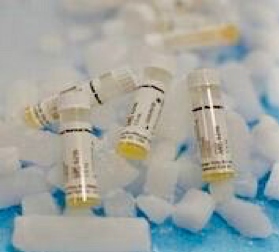Bleeding Disorders
-

George King Bio-Medical, Inc. and NBDF History
May 12, 2023 -

Unite For Bleeding Disorders Walk 2022
June 14, 2022 -

Q&A with Chris Bombardier
February 11, 2020 -

Have You Heard the New Musical Group King?
October 29, 2018 -

Fresh Frozen Plasma vs Lyophilized: What should your lab use?
June 20, 2018 -
![Factor Sensitivities – What’s the value, anyway? [Pun intended]](https://kingbiomed.com/wp-content/uploads/2016/08/FVIII-300x200.jpg)
Factor Sensitivities – What’s the value, anyway? [Pun intended]
August 12, 2016 -
![Von Willebrand Disease: The 4 minute overview [with images]](https://kingbiomed.com/wp-content/uploads/2016/05/20120214_fig33new450px-300x281.jpg)
Von Willebrand Disease: The 4 minute overview [with images]
May 9, 2016
